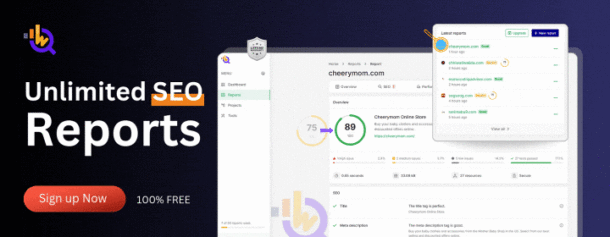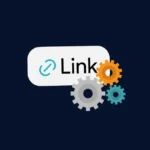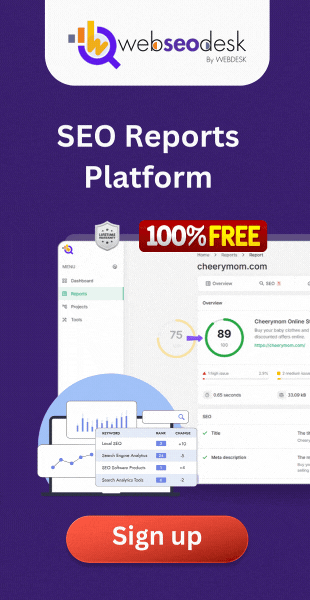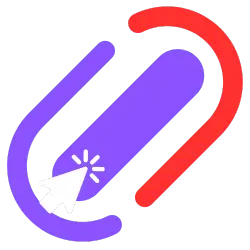A key component of search engine optimization, on-page SEO aims to maximize components of your website to enhance ranks and generate natural traffic. Although technical and off-page SEO are also very important for the performance of a website, on-page SEO directly affects search engine understanding and ranking of your material. Using good on-page SEO methods will help your website get more visitors and improve user involvement. Here we will discuss some basic on-page SEO strategies to increase the exposure of your website.
- Improve the title tags.
When deciding if your page is relevant to a search query, search engines start with the title tag. Make sure your title tags are appealing, clear, and include the primary keyword to raise your on-page search engine optimization. Keep the title around sixty characters so it shows completely in search results. A well-optimized title tag raises the possibility of users clicking on your link in addition to helping with rankings.
- Create motivating meta descriptions.
Meta descriptions give a synopsis of the material on your page. Although they have no direct bearing on rankings, your click-through rates (CTR) will be much influenced by a well-written meta description. Make sure your meta description offers a clear value proposition and comprises pertinent keywords. Aim for between 150 and 160 characters to guarantee search results completely view the description. A strong meta description invites visitors to your page, hence increasing traffic.
- Utilize header tags Thoughtfully
Header tags (H1, H2, H3, etc.) enable search engines and users to more easily grasp your material and aid in organizing it. Your major keyword should be found in the H1 element, which also clearly states the page’s topic. Content can be split up using subheadings such as H2 and H3, enhancing the user experience and making it more readable. Correctly arranged headers can provide search engines with more background for the material, thus enhancing ranks.
- Refine URL Structure
On-page SEO depends on a tidy, clear URL structure. Short, simple, target keyword URLs are more likely to show higher on search results. Steer clear of large, convoluted URLs, including pointless characters. Rather, concentrate on building straightforward, understandable URLs that mirror page content. For instance, substitute “/best-running-shoes” for “/product/12345.”
- Keyword Density and Placing
On-page SEO depends critically on good keyword placement. Naturally use your target keyword both inside the first hundred words of your work and throughout the body, headings, and subheads. Search engines may penalize you if you overstuff your material with keywords. Rather, strive for a natural flow of material that meets user purpose as well as search engine algorithm requirements. Additionally supporting the relevancy of your material are LSI (Latent Semantic Indexing) keywords, synonyms of your core keyword. - Advance Relevance and Content Quality
Any effective SEO plan depends mostly on high-quality content. Search engines give websites offering useful, educational, and interesting material that addresses consumers’ questions top priority. Pay close attention to producing material directly meeting the needs of your target market. Your material will more likely rank well and draw natural traffic the more relevant and complete it is.
To make reading your material simple, also make sure it is well-structured using short paragraphs, bullet points, and graphics. Longer, in-depth pieces covering a subject usually score better than shorter, surface-oriented material.
- Enhance Images and Multimedia
It’s critical to maximize your photographs for SEO, as search engines cannot “see” images in the same manner humans can. For every image, include descriptive alt text and, where suitable, pertinent keywords. To lower load time and increase page speed—a ranking criteria—compress pictures. Verify that videos and other multimedia are correctly categorized, captioned, and searchable.
- Linking Inside Oneself
Linking to another page within your website is known as internal linking. This promotes users to investigate additional material and helps search engines crawl your website more precisely. When connecting to other pages, use keyword-rich anchor text; also, make sure your internal links match the material they reference. Strong internal linking structures increase user experience, site navigation, and SEO, among other things.
- Mobile Enhancement
Since most web traffic originates from mobile devices, on-page SEO depends critically on mobile optimization. Google uses mobile-first indexing; hence, it mostly ranks your site using the mobile version. Make sure your website offers a flawless user experience across all devices and is responsive. Retaining mobile users and raising ranking calls for fast loading times, simple navigation, and mobile-friendly design.
- Tenth page load speed
SEO results as well as user experience depend critically on page load speed. Reduced search engine results and significant bounce rates can follow from slow-loading pages. Use browser caching, compress pictures, and reduce JavaScript and CSS files to maximize the speed of your page. Google PageSpeed Insights, among other tools, will assist you in finding areas needing work and guarantee fast loading of your website.
Finally
Any effective digital marketing plan depends fundamentally on on-page SEO. Optimizing title tags, meta descriptions, URL structure, and content will help your website show better on search engines and increase visitor count. Including these approaches—keyword optimization, mobile-friendly design, and rapid loading times—will guarantee that your site is totally search engine and user-friendly. Concentrating on on-page SEO lays a strong basis for improved search result ranking and higher natural traffic.












0 Comments